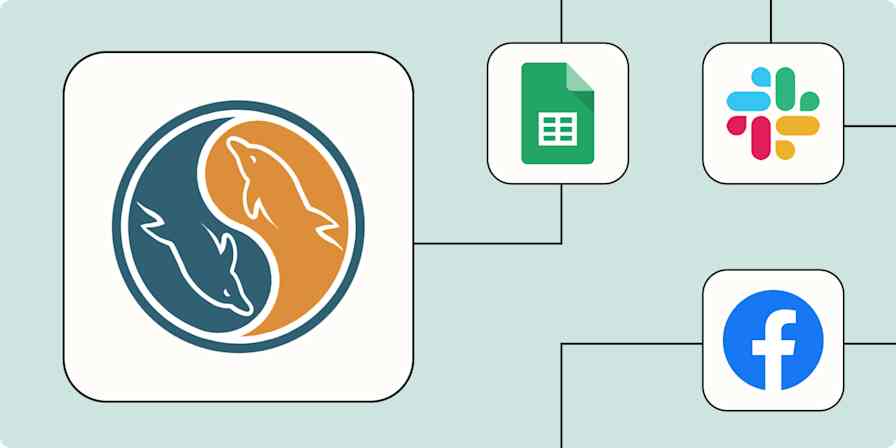Business tips
7 min readWhat is data extraction? And how to automate the process
By Bryce Emley · October 3, 2023

Get productivity tips delivered straight to your inbox
We’ll email you 1-3 times per week—and never share your information.
Related articles
Improve your productivity automatically. Use Zapier to get your apps working together.







